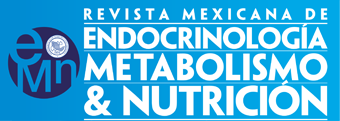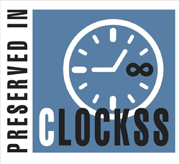Programa de atención multidisciplinario para el tratamiento de pacientes con diabetes en el primer nivel de atención
Héctor Miranda-López, Unidad de Medicina Familiar 248, IMSS, San Mateo Atenco, México
María del Socorro Romero-Figueroa, Coordinación Delegacional de Investigación, Delegación 16 México Poniente, IMSS, Edo. de México, México
Laura Romero-Ortiz, Unidad de Medicina Familiar 248, IMSS, San Mateo Atenco, México
José de J. Garduño-García, Facultad de Medicina, Universidad Autónoma del Estado de Mexico, Ecatepec, EdoMex.; Hospital General Regional 251, IMSS, Toluca, EdoMex., México
Objective: To assess the effectiveness of a structured and multidisciplinary model of attention implemented at a primary care center on the glycemic parameters of patients with type 2 diabetes. Methods: We performed a quasi-experimental study that includes 224 patients with type 2 diabetes attended at the Family Medicine Unit (primary care unit). Patients were included in the DiabetIMSS program and after six months we evaluated the change in biochemical and anthropometrical parameters. Results: At the end of the study we observed a decrease in HbA1c (8.2 ± 2.5 vs. 7.3 ± 1.99; p < 0.001), fasting glucose (153 ± 63.15 vs. 136 51.04 mg/dl; p < 0.001), HDL-cholesterol in males (35.85 ± 6.78 vs. 39.39 mg/dl; p < 0.001) and triacylglycerols (215.2 ± 114.66 vs. 194.47 ± 91.65 mg/dl; p = 0.02). Furthermore, we observed that patients reached the control goals: glucose < 130 mg/dl (57.6 vs. 70.1%; p < 0.005), HbA1c < 7% (29 vs. 40.2%; p < 0.005), HDL-cholesterol in males > 40 mg/dl (6.3 vs. 11.2%; p = 0.002) and in women > 50 mg/dl (13.8 vs. 20.1%; p < 0.005). Conclusion: DiabetIMSS is a multidisciplinary program effective for metabolic control of patients with type 2 diabetes at a primary care unit.
Palabras clave: Diabetes. Education. Group treatment.





